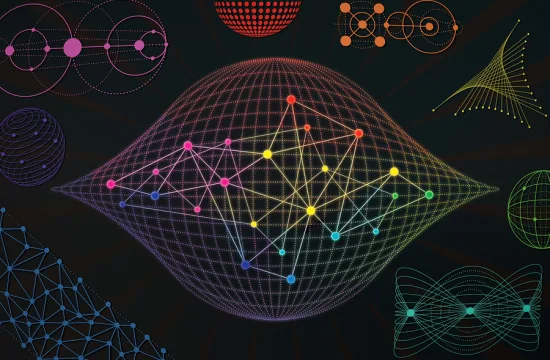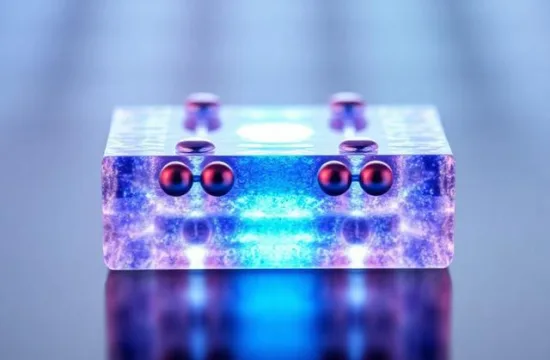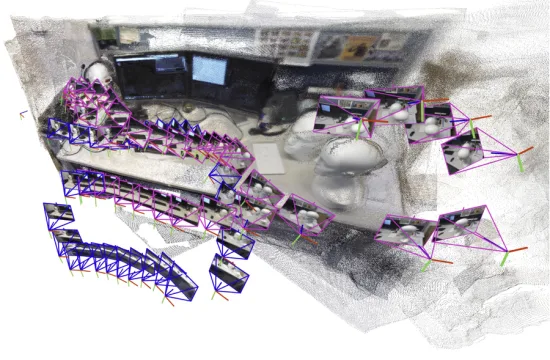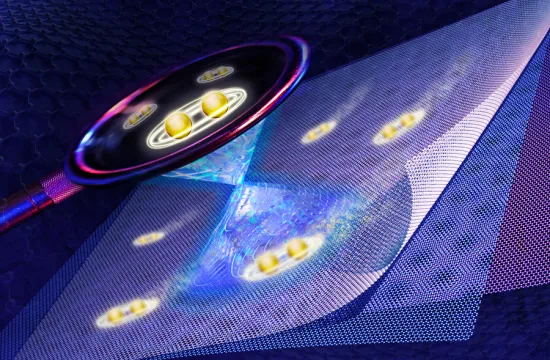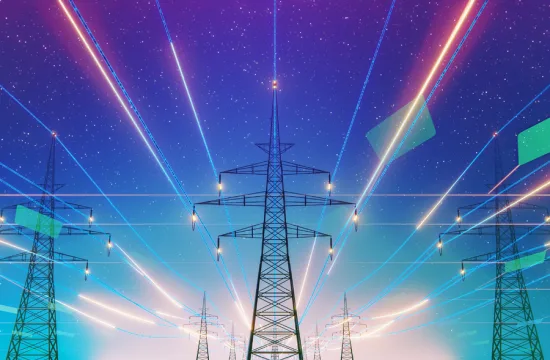Seoul, August 26— Researchers at the Korea Institute of Science and Technology (KIST) have unveiled a new device principle that transforms “spin loss”—previously considered a drawback—into a usable energy source for magnetic control.
The research was conducted in collaboration with teams from Daegu Gyeongbuk Institute of Science and Technology (DGIST) and Yonsei University.
Led by Dr. Dong-Soo Han at KIST’s Semiconductor Technology Research Center, the team’s findings mark a major advancement in the field of spintronics, a technology that leverages the spin property of electrons to store and process information.
Spintronics is increasingly seen as a foundation for next-generation computing devices, including ultra-low-power memory, neuromorphic chips, and stochastic processors.
The researchers discovered a new physical phenomenon that allows magnetic materials to spontaneously switch their internal magnetization direction without external stimuli. This breakthrough challenges conventional methods, which rely on high electrical currents to reverse magnetization—often resulting in energy loss due to spin dissipation.
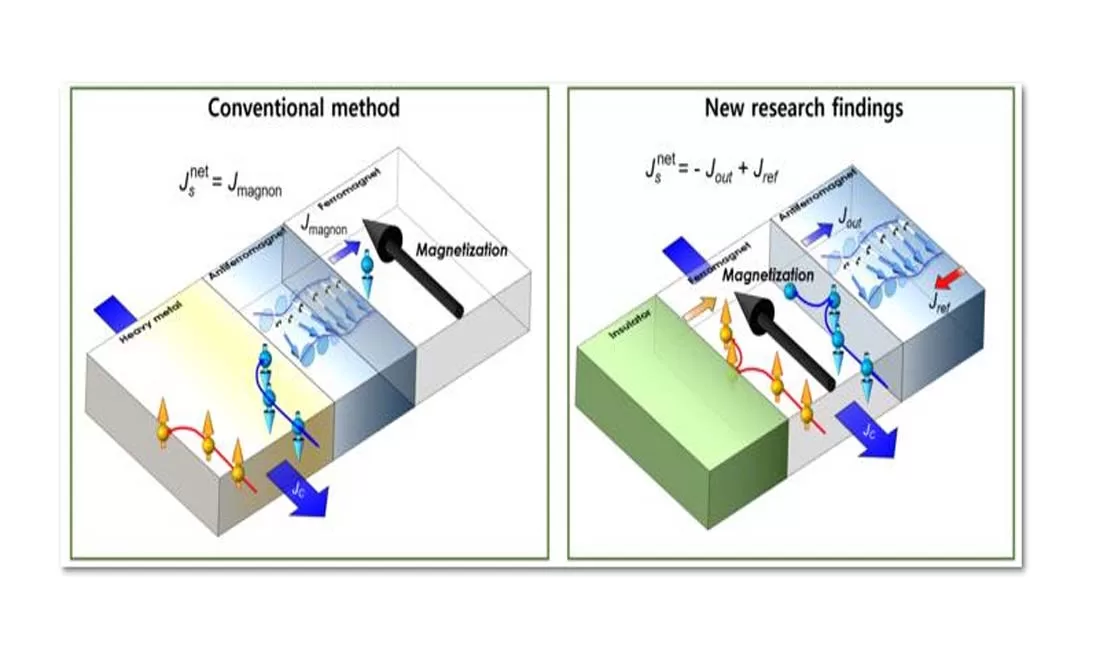
“Traditionally, spin loss was viewed as a major inefficiency,” said Dr. Han. “But our experiments show that spin loss can actually trigger magnetization switching, reducing the power required and tripling energy efficiency compared to existing techniques.”
The team demonstrated that greater spin loss leads to lower energy consumption, a paradox that could revolutionize how magnetic materials are used in computing. Importantly, the new approach does not require exotic materials or complex device structures, making it highly scalable for industrial applications.
The technology is compatible with current semiconductor manufacturing processes and supports miniaturization and high integration, paving the way for mass production. Potential applications include AI semiconductors, neuromorphic computing, ultra-low-power memory, and probability-based processors—especially in edge computing environments.
“This research opens a new direction for spintronics,” Dr. Han added. “We aim to develop ultra-small, low-power AI chips that will serve as the backbone of future computing technologies.”
The study, titled “Spin Loss-Induced Magnetization Switching for Energy-Efficient Spintronic Devices,” was published in Cell Reports Physical Science and is expected to influence both academic research and commercial innovation in advanced electronics.


